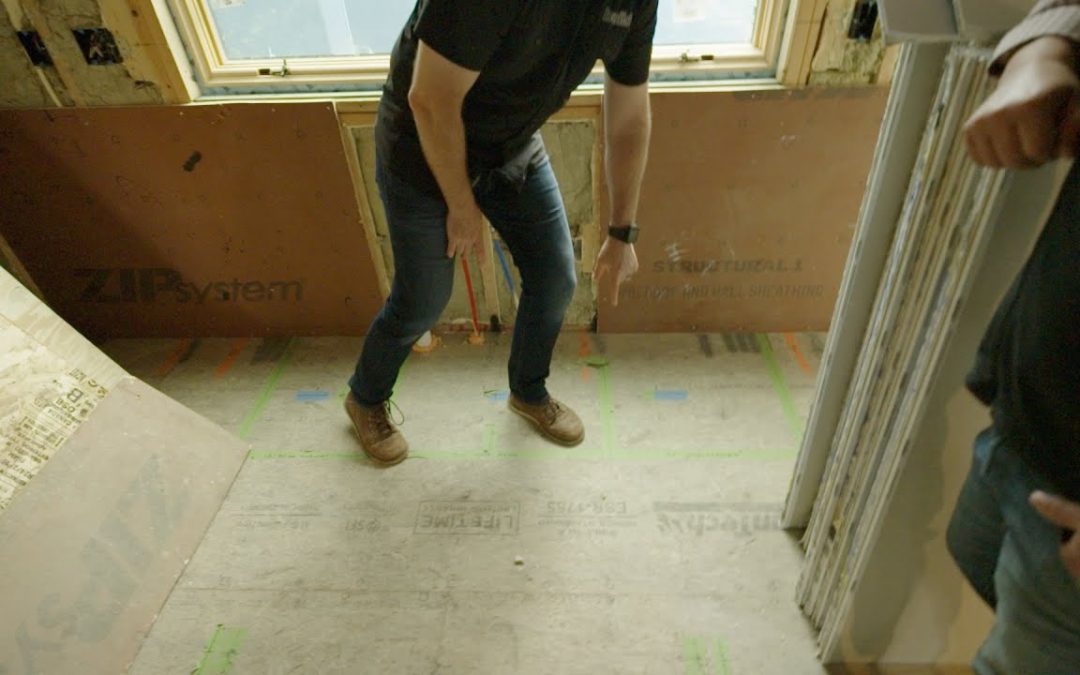Any significant change to your house is expensive. Our goal is to minimize the likelihood of errors or poor construction methods causing unexpected costs to your project. The worst and most expensive result of poor construction is having to go back and rip out and redo an already completed part of the project.
Before beginning a new project, it is up to you to do your due diligence. Talk to your city permitting department and find out what permits must be pulled to initiate a construction project. Some simple repairs or modifications may not require a permit or may only require a simple permit that can be issued in a matter of hours. Other more complicated projects, such as adding a new room, may require a more involved and lengthier process. If you have a general contractor, he or she should handle the permitting process. As the homeowner, you should be able to contact the city permit department to verify that all permits are in place. I recommend you do so.
Most of the Texas Coastal cities require that a WPI-1 be filed with the Texas Department of Insurance (TDI) prior to the initiation of any construction. This is generally done by a TDI certified engineer, usually the same engineer that will verify that all construction has been done to the TDI required code and will also submit the follow up paperwork which leads to the Issue of a WPI-8 certificate of insurability for your completed project.
If you are building in an area in Texas determined to be a high wind event area it is in your best interest to make sure that all your materials and construction techniques meet current windstorm codes. Much of this you can do yourself. The TDI maintains on their website an extensive list of materials which have been tested and found to meet the stringent requirements for use in hurricane prone areas. It is not enough that you use these products, they also must be installed properly. The TDI issues installation specifications for each product tested. These guidelines should be followed closely, small things like the diameter of nails used to install siding, for example, can affect whether you are able to get your project certified.
The TDI website also maintains an interactive map that shows the specific high wind areas of the Texas Gulf Coast and more detailed county maps showing specific border lines for the 3 areas requiring specific windstorm resistant construction. If your project does not fall into any of these zones you are exempt from meeting the specific TDI requirements for construction.

